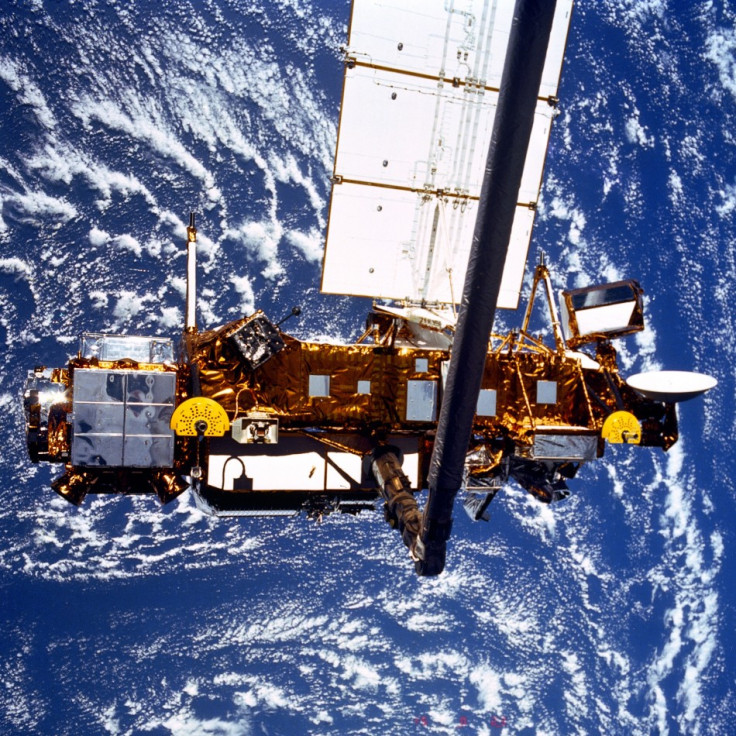NASA's Defunct Bus-Sized Satellite to Hit Earth within hours

NASA expects a dead 20-year-old satellite to fall to Earth by Friday. The space agency says the satellite will break up into more than two dozen pieces. Debris is expected to scatter across a 500-mile area, with the biggest chunk weighing 300 pounds, the weight of a large refrigerator. NASA spokespersons have, however, stressed that the risk to human life is very small.
Mark Matney, an orbital debris scientist at NASA, said: "We know it is going to hit somewhere between 57 north latitude and 57 south latitude, which covers most of the inhabited world unfortunately."
Till date,the biggest piece of space debris to fall from orbit was America's 75-ton Skylab which hit Earth in 1979. It drove many people to mountains seeking refuge as fears about its imminent crash spread all over the world. Later many space satellites crashed, fortunately in isolated places without killing anybody. NASA asserts that there is only a 1-in-3,200 chance of any debris striking a person.
U.S. Space Surveillance Network has predicted the impact zones but may not be very precise. At two hours before reentry, the average uncertainty in reentry time is plus or minus 25 minutes. This is equivalent to plus or minus 7,500 miles. The six and a half-ton, 20-year-old Upper Atmospheric Research Satellite (UARS) may land anywhere between Newfoundland and the Southern America.
It was active until 2005 and was expected to break apart once it re-enters, according to NASA scientists.
NASA has also asked the public to contact a local law enforcement official for assistance, "if you find something you think may be a piece of UARS, do not touch it."
© Copyright IBTimes 2024. All rights reserved.





